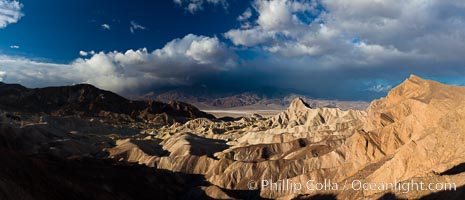
Sunrise at Zabriskie Point, Manly Beacon is lit by the morning sun while clouds from a clearing storm pass by.
Location: Zabriskie Point, Death Valley National Park, California
Image ID: 27659
Panorama dimensions: 5213 x 12114
Location: Zabriskie Point, Death Valley National Park, California
Image ID: 27659
Panorama dimensions: 5213 x 12114
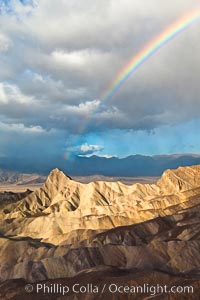
Sunrise at Zabriskie Point, Manly Beacon is lit by the morning sun while clouds from a clearing storm pass by.
Location: Zabriskie Point, Death Valley National Park, California
Image ID: 27661
Location: Zabriskie Point, Death Valley National Park, California
Image ID: 27661
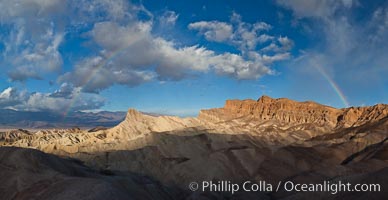
Sunrise at Zabriskie Point, Manly Beacon is lit by the morning sun while clouds from a clearing storm pass by.
Location: Zabriskie Point, Death Valley National Park, California
Image ID: 27662
Panorama dimensions: 4506 x 8741
Location: Zabriskie Point, Death Valley National Park, California
Image ID: 27662
Panorama dimensions: 4506 x 8741
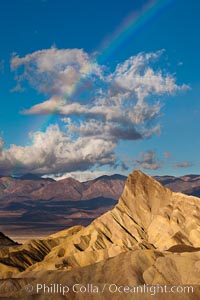
Sunrise at Zabriskie Point, Manly Beacon is lit by the morning sun while clouds from a clearing storm pass by.
Location: Zabriskie Point, Death Valley National Park, California
Image ID: 27663
Location: Zabriskie Point, Death Valley National Park, California
Image ID: 27663

Sunrise at Zabriskie Point, Manly Beacon is lit by the morning sun while clouds from a clearing storm pass by.
Location: Zabriskie Point, Death Valley National Park, California
Image ID: 27664
Panorama dimensions: 5391 x 17768
Location: Zabriskie Point, Death Valley National Park, California
Image ID: 27664
Panorama dimensions: 5391 x 17768
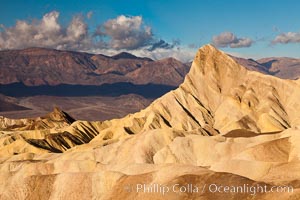
Sunrise at Zabriskie Point, Manly Beacon is lit by the morning sun while clouds from a clearing storm pass by.
Location: Zabriskie Point, Death Valley National Park, California
Image ID: 27665
Location: Zabriskie Point, Death Valley National Park, California
Image ID: 27665
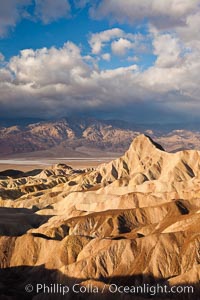
Sunrise at Zabriskie Point, Manly Beacon is lit by the morning sun while clouds from a clearing storm pass by.
Location: Zabriskie Point, Death Valley National Park, California
Image ID: 27666
Location: Zabriskie Point, Death Valley National Park, California
Image ID: 27666
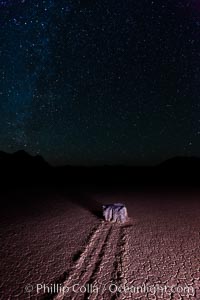
Racetrack sailing stone and stars at night. A sliding rock of the Racetrack Playa. The sliding rocks, or sailing stones, move across the mud flats of the Racetrack Playa, leaving trails behind in the mud. The explanation for their movement is not known with certainty, but many believe wind pushes the rocks over wet and perhaps icy mud in winter.
Location: Racetrack Playa, Death Valley National Park, California
Image ID: 27669
Location: Racetrack Playa, Death Valley National Park, California
Image ID: 27669
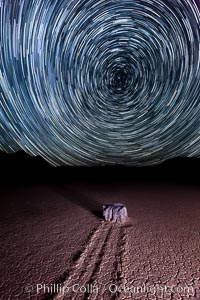
Racetrack sailing stone and star trails. A sliding rock of the Racetrack Playa. The sliding rocks, or sailing stones, move across the mud flats of the Racetrack Playa, leaving trails behind in the mud. The explanation for their movement is not known with certainty, but many believe wind pushes the rocks over wet and perhaps icy mud in winter.
Location: Racetrack Playa, Death Valley National Park, California
Image ID: 27670
Location: Racetrack Playa, Death Valley National Park, California
Image ID: 27670
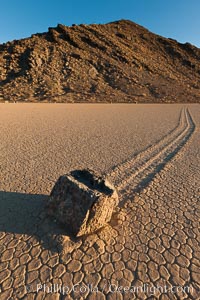
Sailing stone on the Racetrack Playa. The sliding rocks, or sailing stones, move across the mud flats of the Racetrack Playa, leaving trails behind in the mud. The explanation for their movement is not known with certainty, but many believe wind pushes the rocks over wet and perhaps icy mud in winter.
Location: Racetrack Playa, Death Valley National Park, California
Image ID: 27690
Location: Racetrack Playa, Death Valley National Park, California
Image ID: 27690
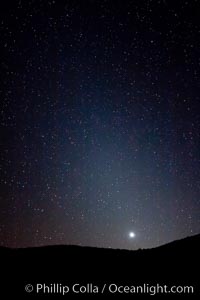
Zodiacal light over Death Valley. Zodiacal light is a faint diffuse light seen along the plane of the ecliptic in the vicinity of the setting or rising sun, caused by sunlight scattered off space dust in the zodiacal cloud.
Location: Racetrack Playa, Death Valley National Park, California
Image ID: 27692
Location: Racetrack Playa, Death Valley National Park, California
Image ID: 27692
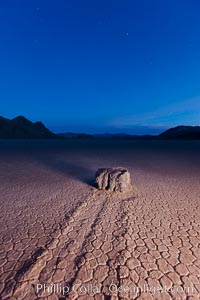
Sunrise on the Racetrack Playa. The sliding rocks, or sailing stones, move across the mud flats of the Racetrack Playa, leaving trails behind in the mud. The explanation for their movement is not known with certainty, but many believe wind pushes the rocks over wet and perhaps icy mud in winter.
Location: Racetrack Playa, Death Valley National Park, California
Image ID: 27694
Location: Racetrack Playa, Death Valley National Park, California
Image ID: 27694
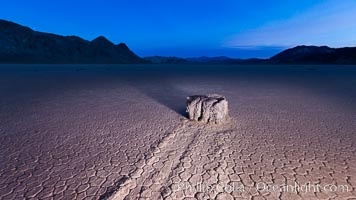
Sunrise on the Racetrack Playa. The sliding rocks, or sailing stones, move across the mud flats of the Racetrack Playa, leaving trails behind in the mud. The explanation for their movement is not known with certainty, but many believe wind pushes the rocks over wet and perhaps icy mud in winter.
Location: Racetrack Playa, Death Valley National Park, California
Image ID: 27695
Location: Racetrack Playa, Death Valley National Park, California
Image ID: 27695
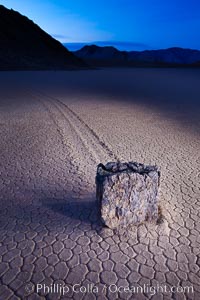
Sailing stone at dawn, Racetrack Playa, Death Valley National Park, California.
Location: Racetrack Playa, Death Valley National Park, California
Image ID: 27697
Location: Racetrack Playa, Death Valley National Park, California
Image ID: 27697
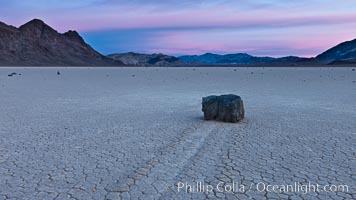
Sunrise on the Racetrack Playa. The sliding rocks, or sailing stones, move across the mud flats of the Racetrack Playa, leaving trails behind in the mud. The explanation for their movement is not known with certainty, but many believe wind pushes the rocks over wet and perhaps icy mud in winter.
Location: Racetrack Playa, Death Valley National Park, California
Image ID: 27698
Location: Racetrack Playa, Death Valley National Park, California
Image ID: 27698
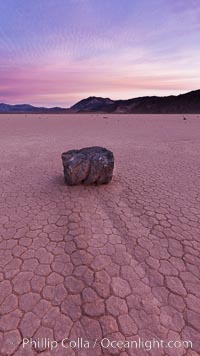
Sunrise on the Racetrack Playa. The sliding rocks, or sailing stones, move across the mud flats of the Racetrack Playa, leaving trails behind in the mud. The explanation for their movement is not known with certainty, but many believe wind pushes the rocks over wet and perhaps icy mud in winter.
Location: Racetrack Playa, Death Valley National Park, California
Image ID: 27700
Location: Racetrack Playa, Death Valley National Park, California
Image ID: 27700
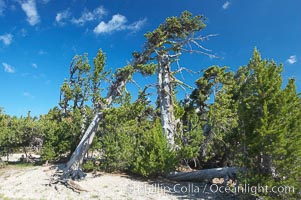
Whitebark pine, Crater Lake, Oregon. Due to harsh, almost constant winds, whitebark pines along the crater rim surrounding Crater Lake are often deformed and stunted.
Species: Whitebark pine, Pinus albicaulis
Location: Crater Lake National Park, Oregon
Image ID: 13945
Species: Whitebark pine, Pinus albicaulis
Location: Crater Lake National Park, Oregon
Image ID: 13945
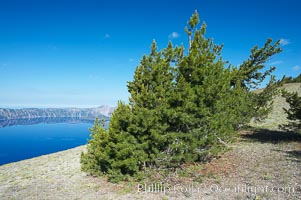
Whitebark pine, Crater Lake, Oregon. Due to harsh, almost constant winds, whitebark pines along the crater rim surrounding Crater Lake are often deformed and stunted.
Species: Whitebark pine, Pinus albicaulis
Location: Crater Lake National Park, Oregon
Image ID: 13946
Species: Whitebark pine, Pinus albicaulis
Location: Crater Lake National Park, Oregon
Image ID: 13946
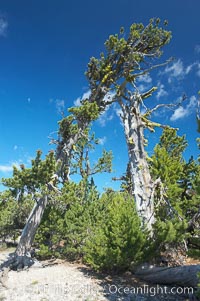
Whitebark pine, Crater Lake, Oregon. Due to harsh, almost constant winds, whitebark pines along the crater rim surrounding Crater Lake are often deformed and stunted.
Species: Whitebark pine, Pinus albicaulis
Location: Crater Lake National Park, Oregon
Image ID: 13947
Species: Whitebark pine, Pinus albicaulis
Location: Crater Lake National Park, Oregon
Image ID: 13947
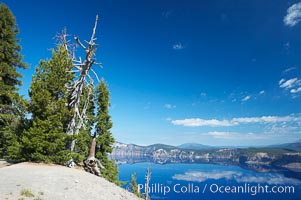
Whitebark pine, Crater Lake, Oregon. Due to harsh, almost constant winds, whitebark pines along the crater rim surrounding Crater Lake are often deformed and stunted.
Species: Whitebark pine, Pinus albicaulis
Location: Crater Lake National Park, Oregon
Image ID: 13948
Species: Whitebark pine, Pinus albicaulis
Location: Crater Lake National Park, Oregon
Image ID: 13948
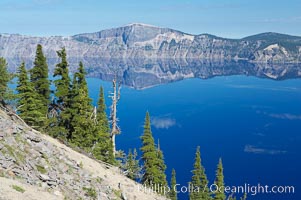
Whitebark pine, Crater Lake, Oregon. Due to harsh, almost constant winds, whitebark pines along the crater rim surrounding Crater Lake are often deformed and stunted.
Species: Whitebark pine, Pinus albicaulis
Location: Crater Lake National Park, Oregon
Image ID: 13949
Species: Whitebark pine, Pinus albicaulis
Location: Crater Lake National Park, Oregon
Image ID: 13949
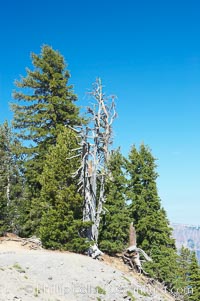
Whitebark pine, Crater Lake, Oregon. Due to harsh, almost constant winds, whitebark pines along the crater rim surrounding Crater Lake are often deformed and stunted.
Species: Whitebark pine, Pinus albicaulis
Location: Crater Lake National Park, Oregon
Image ID: 13950
Species: Whitebark pine, Pinus albicaulis
Location: Crater Lake National Park, Oregon
Image ID: 13950
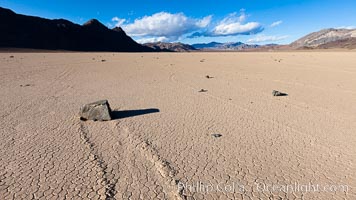
Sailing stone on the Racetrack Playa. The sliding rocks, or sailing stones, move across the mud flats of the Racetrack Playa, leaving trails behind in the mud. The explanation for their movement is not known with certainty, but many believe wind pushes the rocks over wet and perhaps icy mud in winter.
Location: Racetrack Playa, Death Valley National Park, California
Image ID: 27687
Location: Racetrack Playa, Death Valley National Park, California
Image ID: 27687
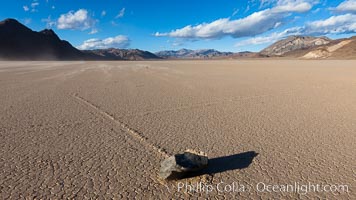
Sailing stone on the Racetrack Playa. The sliding rocks, or sailing stones, move across the mud flats of the Racetrack Playa, leaving trails behind in the mud. The explanation for their movement is not known with certainty, but many believe wind pushes the rocks over wet and perhaps icy mud in winter.
Location: Racetrack Playa, Death Valley National Park, California
Image ID: 27688
Location: Racetrack Playa, Death Valley National Park, California
Image ID: 27688